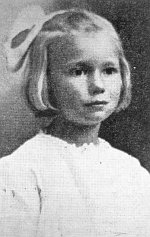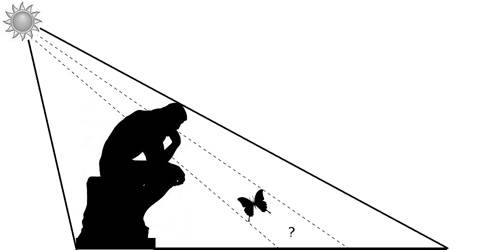American businessman Russell Arundel and his friends were drinking rum in a Nova Scotia fishing lodge in 1948 when they got blearily ambitious: They drew up a declaration of independence for tiny Outer Bald Tusket Island, renaming it Outer Baldonia:
Fishermen are endowed with the following inalienable rights: The right to lie and be believed. The right of freedom from questioning, nagging, shaving, interruption, women, taxes, politics, war, monologues, cant and inhibition. The right to applause, vanity, flattery, praise and self-inflation. The right to swear, lie, drink, gamble and be silent. The right to be noisy, boisterous, quiet, pensive, expansive and hilarious.
Baldonia’s currency, they declared, was the tunar; all citizens who caught bluefin tuna would be named princes; and exports would include empty rum and beer bottles. Women were banned — though an exception was eventually made for Arundel’s former secretary, “princess” Florence McGinnis, because “I was doing all the paperwork.”
Baldonia made a modest name for itself: It was recognized in the Washington D.C. telephone directory, and Rand McNally put it on a map. But Arundel tired of the joke and eventually sold the island to the Nova Scotia Bird Society — he’d spent only one night in the “royal palace,” he said, and found it “windy, cold, and miserable.”


